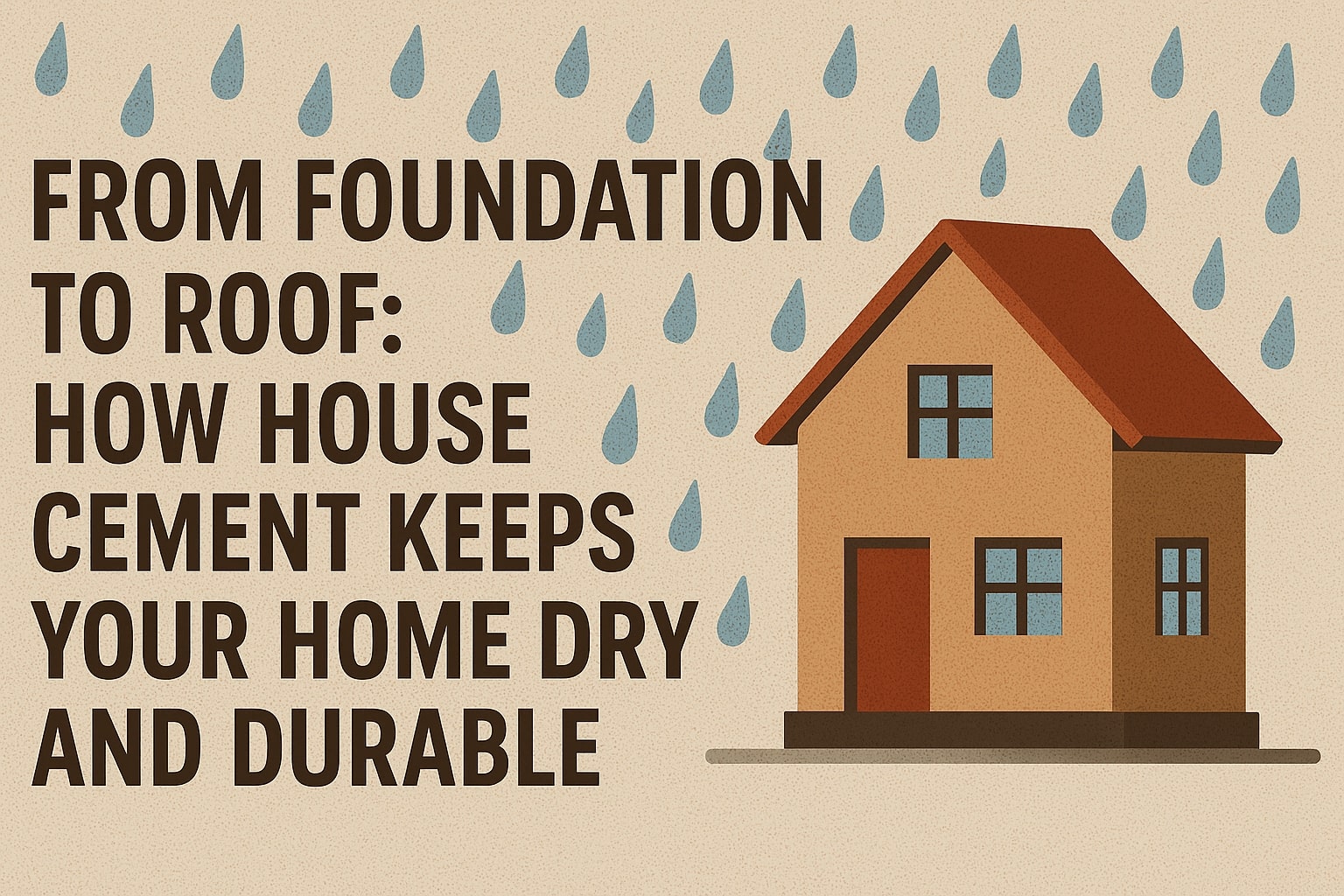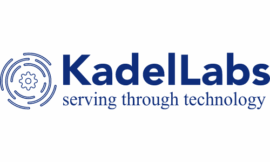A home is more than just four walls and a roof—it’s a place of safety, comfort, and lifelong memories. But all of this depends on one important component: cement. From laying a strong foundation to building leak-proof roofs, the quality and type of house cement used determines how resilient your home will be against time and nature.
Let’s explore the crucial role that cement plays in creating durable, long-lasting homes and how you can make the right choices to protect your investment for decades.
Why Cement is the Backbone of Every Strong Home
From the moment construction begins, cement is involved in nearly every step. It binds, strengthens, shapes, and seals the structure. Whether it’s beneath your feet or above your head, cement is the silent worker ensuring that everything stays intact.
But not all cement is created equal. The quality of the house cement you choose has a direct impact on your home’s strength, durability, and resistance to common issues like water damage, cracking, and weathering.
Roof Cracks: A Common Yet Avoidable Problem
Roof cracks may seem like small cosmetic issues at first, but they often signal deeper structural concerns. If left untreated, these cracks can lead to leakage, mold, weakened ceilings, and expensive repairs.
Understanding the causes can help prevent them early on:
- Environmental factors: Heat causes expansion, and cold causes contraction. This continuous cycle leads to cracks in poorly built or weakly bonded roofing structures.
- Structural issues: Weak or improperly constructed foundations place uneven stress on the roof, eventually leading to visible fractures.
- Low-quality materials: When inferior cement or roofing tiles are used, the roof becomes vulnerable to external stressors and loses its structural integrity quickly.
How Quality Cement Strengthens Your Roof
Cement isn’t just a filler material—it’s the backbone of strength in any roof. Here’s how high-quality cement plays a critical role:
1. Structural Bonding
Cement binds bricks, tiles, and concrete together to form a unified surface. This seamless bonding ensures that your roof functions as one solid unit, resistant to separation or cracking.
2. Strength and Load-Bearing
Good cement has high compressive strength, meaning it can handle the weight of rain, debris, and foot traffic during maintenance without buckling.
3. Waterproofing
Water infiltration is one of the biggest enemies of any structure. Quality cement forms a moisture-resistant barrier, keeping leaks and seepage at bay, even in heavy rains.
4. Thermal Resistance
Changes in temperature cause materials to expand and contract. Premium cement can endure these shifts without developing cracks or becoming brittle.
5. Architectural Flexibility
Cement allows for custom shaping and design, making it ideal for both flat and sloped roofs while maintaining structural integrity.
Key Qualities of High-Performance House Cement
Not sure what to look for when selecting cement for roofing or foundation work? Here are a few features that indicate good-quality house cement:
- High Compressive Strength: Make sure the cement is able to bear heavy loads without cracking or crumbling.
- Strong Adhesion: Sticks effectively to other materials like steel or tiles, enhancing overall stability.
- Flexibility: Accommodates minor structural movements without developing cracks.
- Resistance to Elements: Capable of withstanding heat, rain, frost, and wind without degradation.
Benefits of Choosing Premium Cement
While the initial cost might be slightly higher, premium cement delivers unmatched value over time:
- Longer Life Span: Keeps your structure solid and safe for decades.
- Less Maintenance: Minimizes the need for frequent repairs due to cracks or water damage.
- Enhanced Safety: Ensures your roof can stand up to extreme weather and other stressors.
- Increased Property Value: A home built with high-quality cement is more reliable and attractive to future buyers.
Application Best Practices: Get the Most from Your Cement
Even the best house cement won’t deliver results if not applied correctly. Here’s how to get it right:
- Proper Mixing: Follow the correct ratio of cement, sand, and water. Avoid adding excess water, which weakens the mix.
- Even Application: Use tools like trowels for smooth, bubble-free coverage, especially around edges and corners.
- Thorough Curing: Keep cement surfaces moist during the curing process. Rapid drying can cause cracks, reducing the strength and longevity of your roof.
Recommended Product: Buildcem by Ambuja Cement
If you’re looking for a reliable, high-performance option, Buildcem by Ambuja Cement is a great choice. Designed for multiple applications, including plastering, masonry, and especially roofing, Buildcem is formulated to offer superior adhesion, crack resistance, and durability, making it ideal for modern homes that demand both strength and sustainability.
Why Choose Buildcem:
- Excellent for both structural and finishing work
- Specially designed to prevent cracks and water damage
- High workability for faster and cleaner application
By integrating Buildcem into your construction, you ensure that both the foundation and the roof are well-protected, crack-resistant, and built to last.
Final Thoughts
From the base of your home to the roof that shields you from the elements, every inch of construction relies on the quality of your materials. When it comes to strength, resilience, and protection from water damage, cement stands out as one of the most important components.
Choosing high-quality house cement, applying it correctly, and pairing it with reliable products like Builder ensures your home remains safe, durable, and crack-free for years to come.
So, whether you’re building from scratch or renovating, don’t cut corners—build smarter, stronger, and safer with the right cement.



